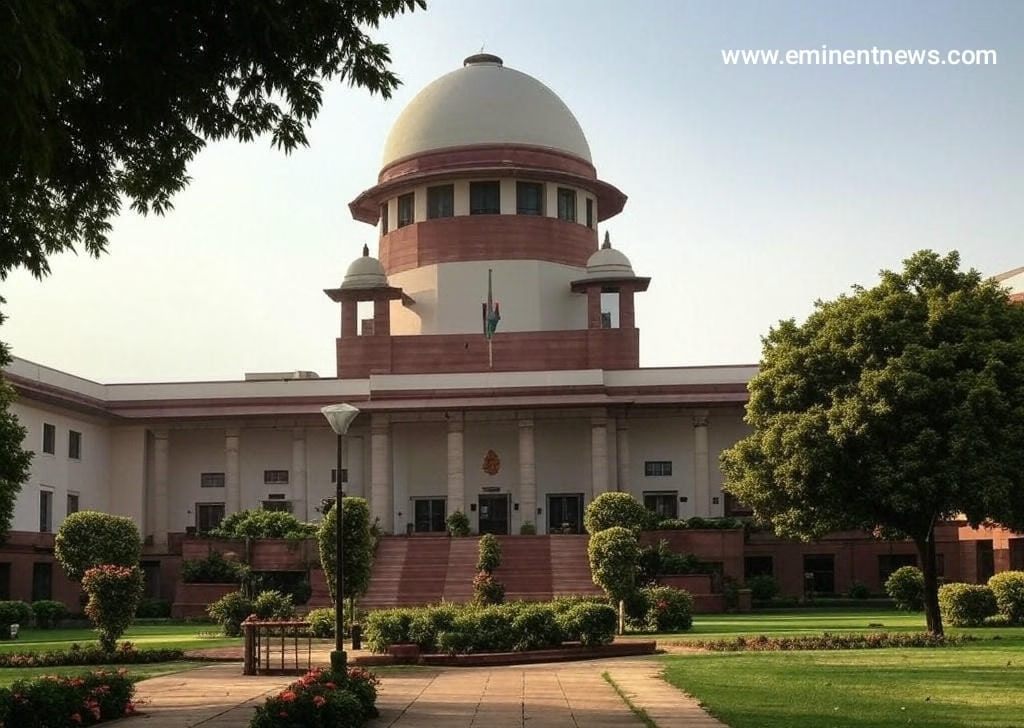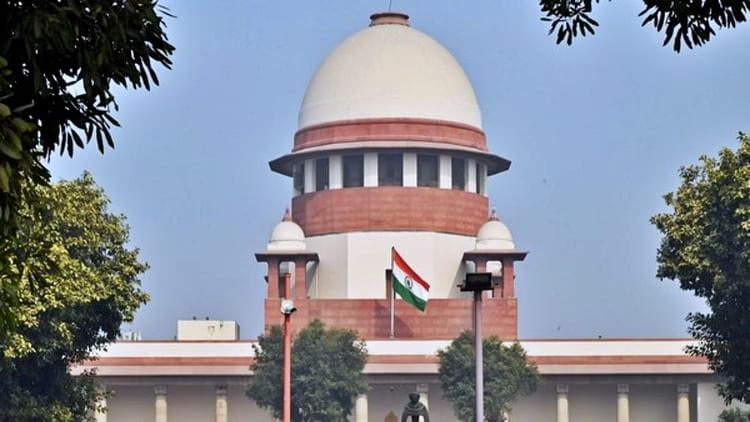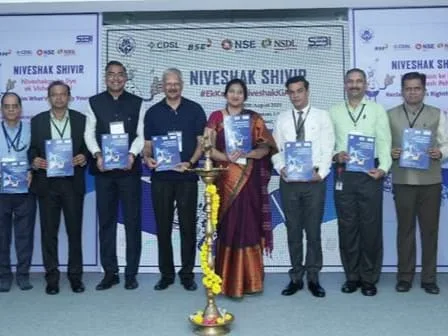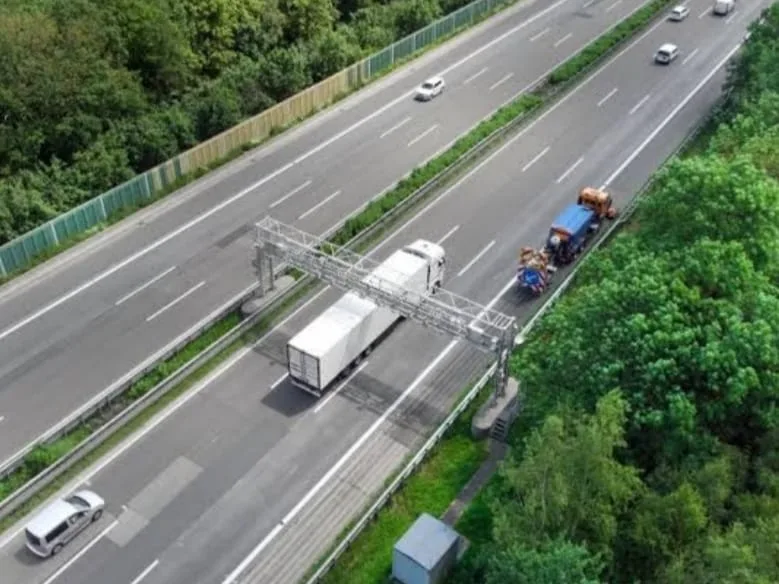India’s subordinate judiciary, the bedrock of its legal system, faces significant challenges….
….. that hinder not only timely justice but also the nation’s economic growth. With millions of cases clogging district courts and a substantial number of judicial vacancies, comprehensive reforms are crucial for a more efficient and accessible justice system .
The Current State of Affairs: Challenges and their Impact:
- India has the world’s largest number of pending court cases, exceeding 51 million in 2024, with district courts accounting for approximately 87% of these . This backlog is estimated to cost India about 0.5% of its GDP annually, or roughly ₹1.5 trillion . The average case duration ranges from 3-5 years, with some extending for decades, eroding public confidence .
- As of 2023, there were over 5,000 vacancies at the district level, with 4,859 out of 22,750 judicial posts empty . This shortage forces existing judges to handle an average of 746 cases annually, far exceeding the global best practice of 200-300 cases .
- Despite the e-Courts project, its implementation is inconsistent, especially in lower courts and rural areas . Many courtrooms lack basic facilities like fire safety equipment, dedicated staff rooms, and adequate seating, and a significant percentage of judicial officers lack access to electronic display and video conferencing facilities .
- The judiciary lacks diversity in terms of gender, caste, and regional representation, with women constituting only a small percentage of judges . Concerns about judicial accountability and transparency in appointments also persist .
- High litigation costs, complex procedures, and language barriers continue to hinder access to justice for marginalized communities .
The Imperative for Reform: Economic and Social Gains
Efficient subordinate courts can significantly boost GDP through their positive impact on the economy . International examples, such as Singapore’s success with mediation (80% cases resolved) and Kenya’s reduction in commercial case timelines (346 days cut), demonstrate the economic benefits of judicial efficiency . The World Bank estimates that reducing judicial vacancies from 25% to 15% can boost investment and business optimism .
Key Reform Areas and Initiatives:
- Addressing Vacancies and Appointments with help of AIJS
- Proposed on the lines of the Indian Administrative Service, (AIJS ) All india judiciary services could standardize recruitment, attract high-quality personnel, and ensure swift, merit-based hiring while respecting state autonomy .
- Technological Integration and Infrastructure Development:
- Leveraging Information and Communication Technology (ICT) for online case filing, AI-assisted case management, and seamless integration of police, forensics, and courts by e-Courts Project Expansion .
- Implementing systems for quick communication of court orders like FASTER initiative .
- The Centrally Sponsored Scheme (CSS) for Judicial Infrastructure aims to construct court halls and residential quarters, with significant progress made in increasing these facilities .
- Alternative Dispute Resolution (ADR) Mechanisms:
- Strengthening ADR mechanisms like arbitration, mediation, and Lok Adalats to reduce court backlogs and provide faster resolution . The Mediation Act, 2023, facilitates mediation in civil and commercial disputes .
- Specialized Courts and Case Management:
- Establishment of FTCs to expedite cases related to heinous crimes, women, children, and offenses involving MPs/MLAs .
- Implementing AI-driven analytics and unified platforms for efficient case handling, drawing inspiration from countries like Singapore and Malaysia .
- Access to Justice and Legal Aid:
- Providing legal advice to disadvantaged communities via video conferencing and mobile apps .
- Connecting lawyers with citizens needing free legal services .
Challenges to Implementation
Despite these efforts, challenges remain, including resistance to change within the judiciary, financial constraints, and coordination issues between different branches of government . A persistent public trust deficit due to concerns about judicial accountability and appointments also undermines reform efforts .
The Way Forward
Reforming the subordinate judiciary requires a concerted and collaborative effort from all stakeholders . This includes:
- Continued investment in technology and infrastructure .
- Prioritizing the filling of judicial vacancies and streamlining appointment processes .
- Promoting and expanding alternative dispute resolution mechanisms .
- Enhancing legal aid and public awareness to improve access to justice, especially for vulnerable populations .
Ultimately, a transformed subordinate judiciary is not merely a legal necessity but an economic and social imperative for India to realize its full potential .for judiciary news click www.eminentnews.com



























